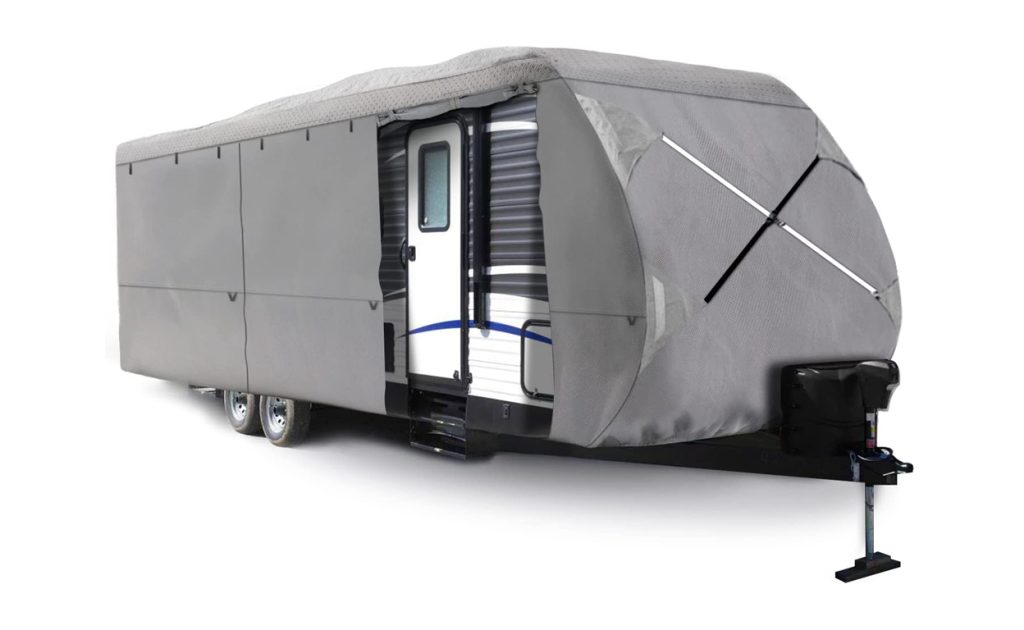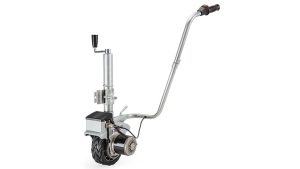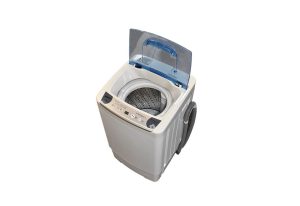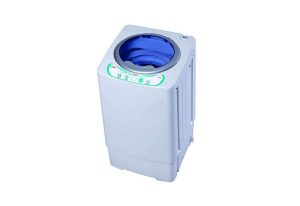Caravan covers are a great way to protect your vehicle from the elements, including rain, wind, and UV rays. However, one question that often arises is whether or not you can put a cover on a wet caravan. In this article, we’ll explore this question and provide some guidance on how to properly use a caravan cover.
The Short Answer
The short answer to the question of whether you can put a cover on a wet caravan is no, you should not. Covering a wet caravan can trap moisture inside, leading to condensation and potentially causing damage to the vehicle.
While it may be tempting to cover your wet caravan to protect it from further exposure to the elements, it’s important to avoid doing so. Covering a wet caravan can lead to several problems, including the potential for condensation to build up inside the vehicle, which can lead to mold and mildew growth. Additionally, moisture can cause corrosion to metal components and result in stains and discoloration on the caravan’s surface. To avoid these issues, it’s best to wait until the vehicle is completely dry before covering it.
Why You Shouldn’t Cover a Wet Caravan
Covering a wet caravan can lead to several problems, including:
- Condensation: When you cover a wet caravan, the moisture has nowhere to go, which can lead to condensation inside the vehicle. This can cause damage to the interior, including mold and mildew growth.
- Corrosion: If you cover a wet caravan and leave it for an extended period of time, the moisture can lead to corrosion of the metal components of the vehicle.
- Stains and Discoloration: If the cover comes into contact with wet surfaces on the caravan, it can cause stains and discoloration, which can be difficult to remove.
When to Cover Your Caravan
Ideally, you should only cover your caravan when it is completely dry. This will help to ensure that there is no moisture trapped inside the vehicle, preventing the problems outlined above.
If you need to cover your caravan when it is wet, there are a few things you can do to minimize the risks:
- Dry the Vehicle: Before covering your caravan, make sure to thoroughly dry it using a towel or chamois. This will help to remove as much moisture as possible before you put the cover on.
- Use a Breathable Cover: Choose a breathable caravan cover that will allow air to circulate, even when the vehicle is covered. This can help to prevent condensation from forming inside.
- Check the Cover Regularly: If you do cover your wet caravan, make sure to check it regularly to ensure that no moisture is building up inside. If you notice any signs of condensation, mold, or mildew, remove the cover and dry the vehicle thoroughly.
- Ventilate the Caravan: To further minimize the risks of covering a wet caravan, make sure to ventilate the vehicle as much as possible. Open windows and doors, and use fans to circulate air inside.
Conclusion
While it’s generally not recommended to cover a wet caravan, there are times when it may be necessary. If you do need to cover a wet vehicle, make sure to dry it as much as possible beforehand, choose a breathable cover, and check the vehicle regularly to ensure that no moisture is building up inside. By taking these steps, you can help to protect your caravan from the elements, even when it’s wet.







